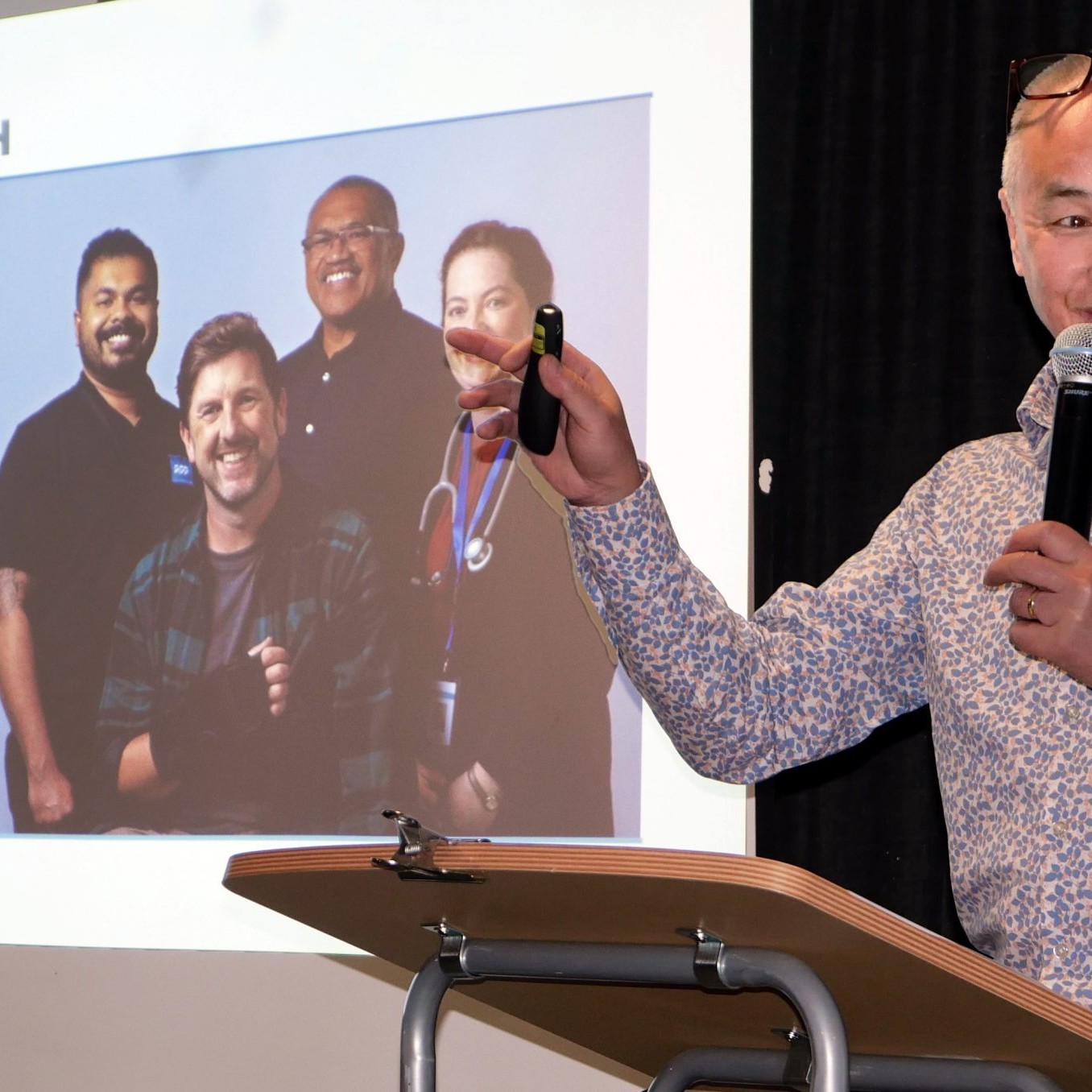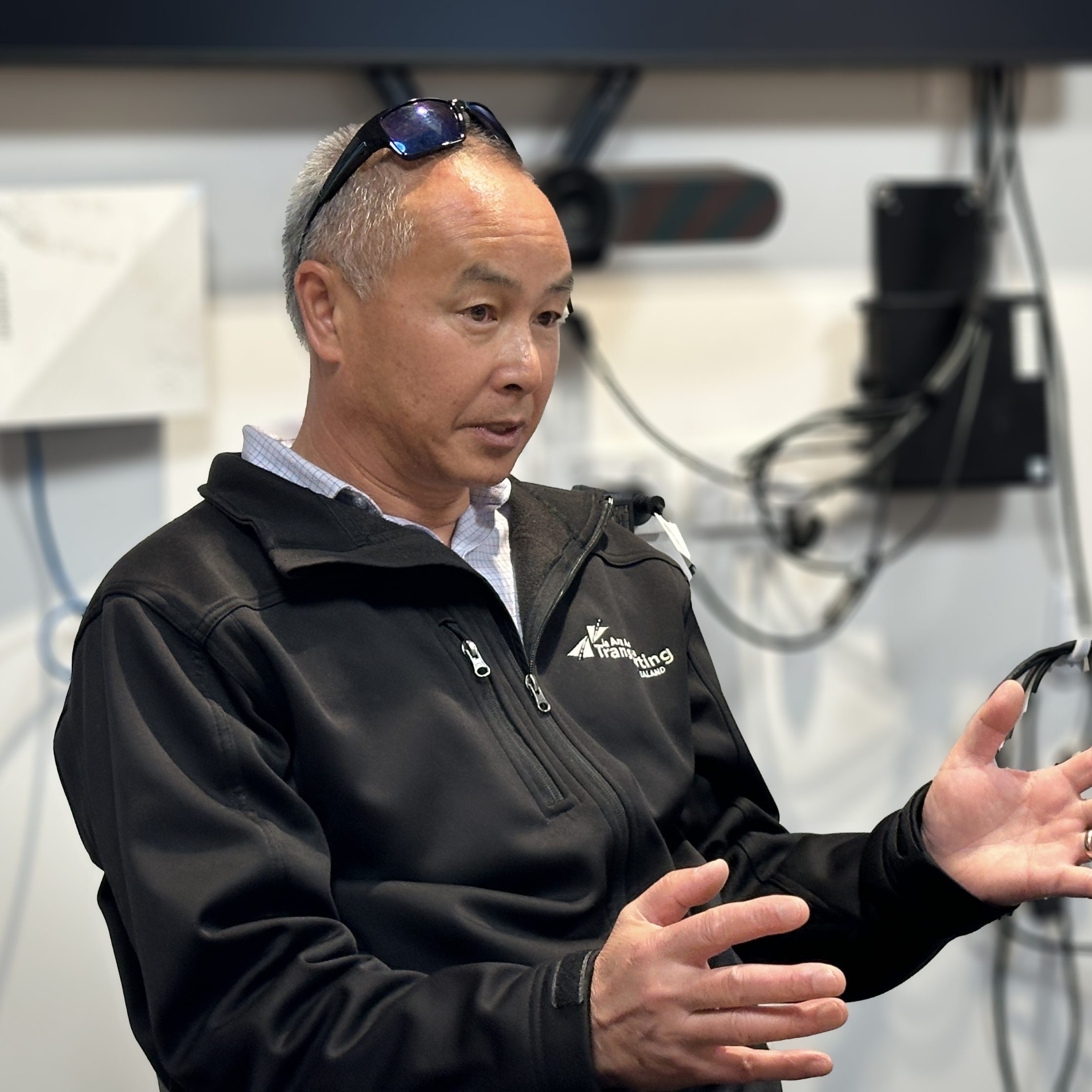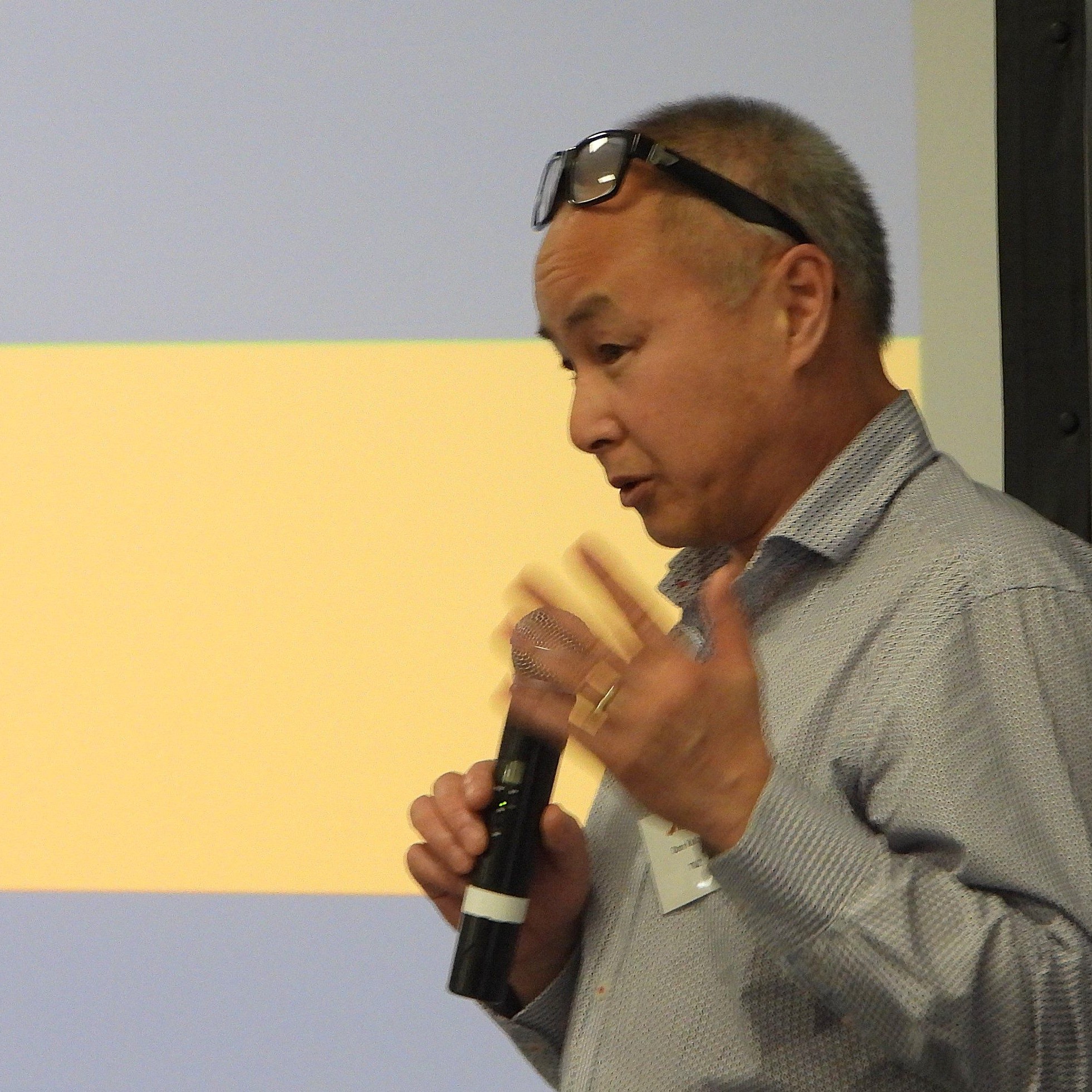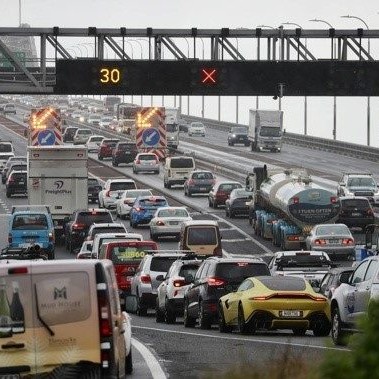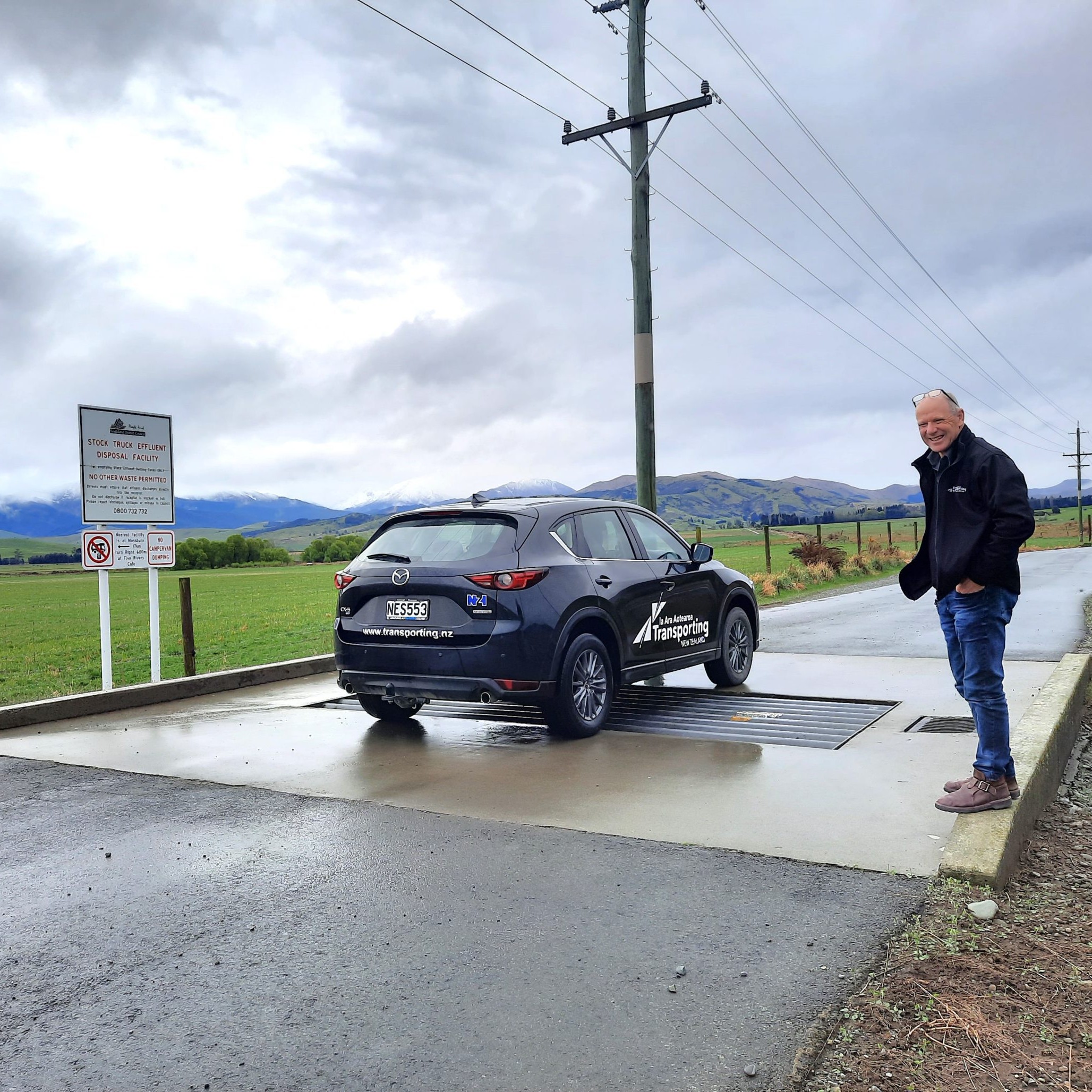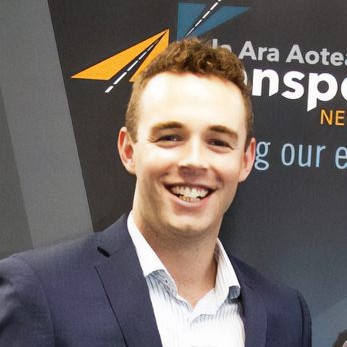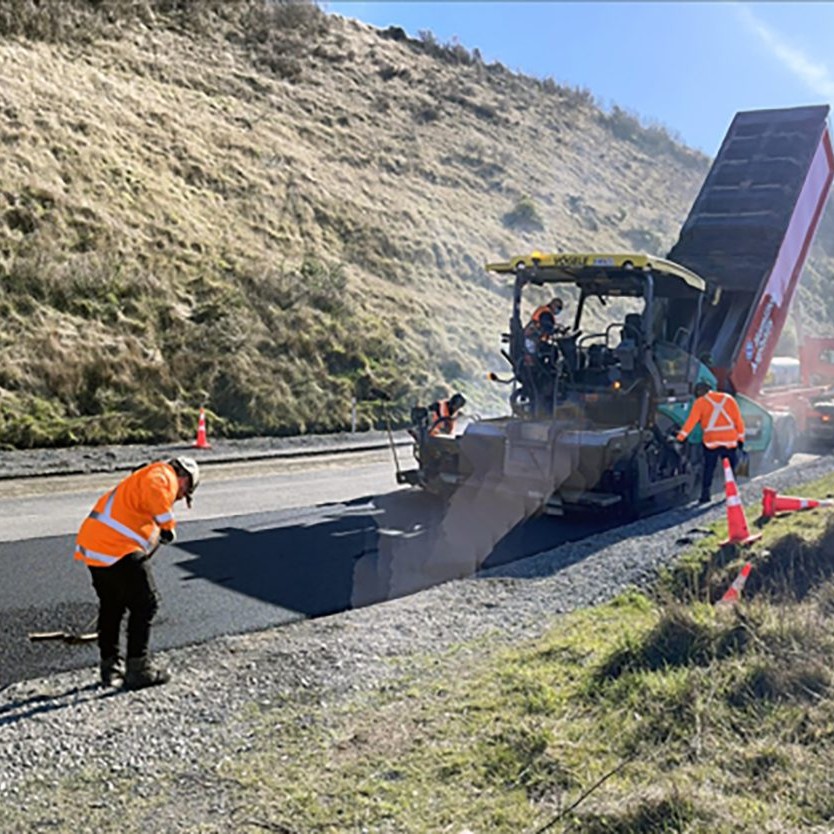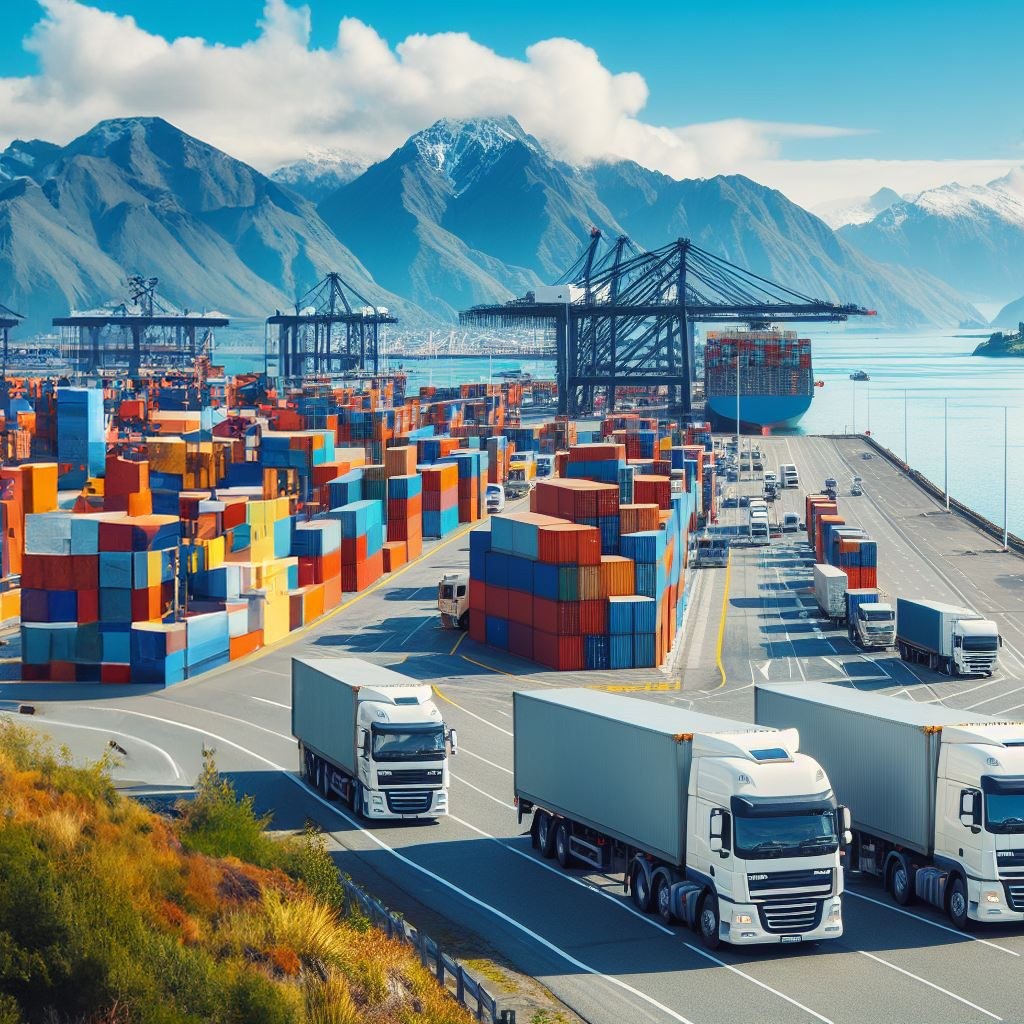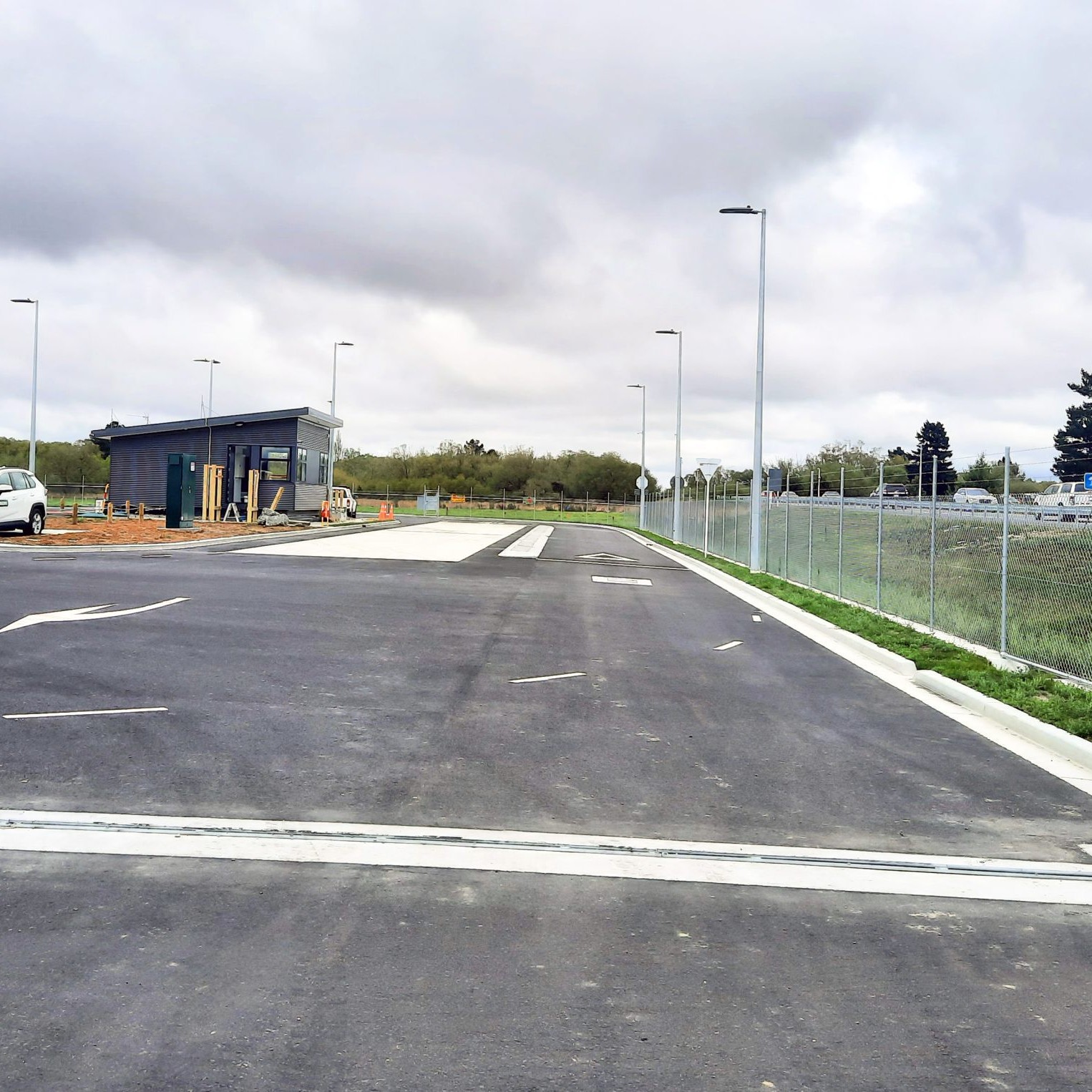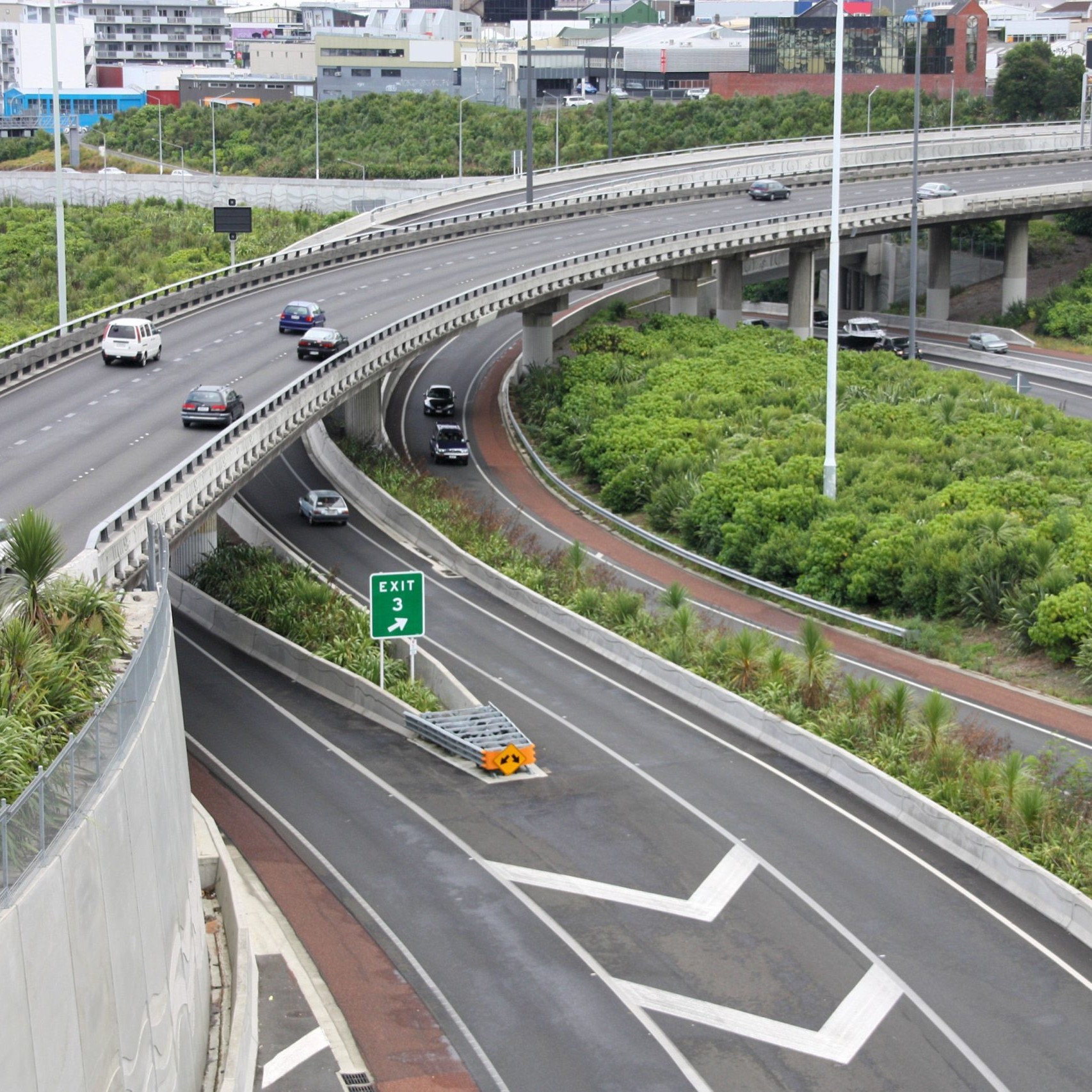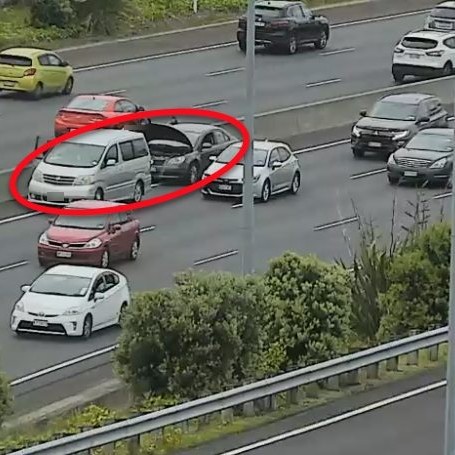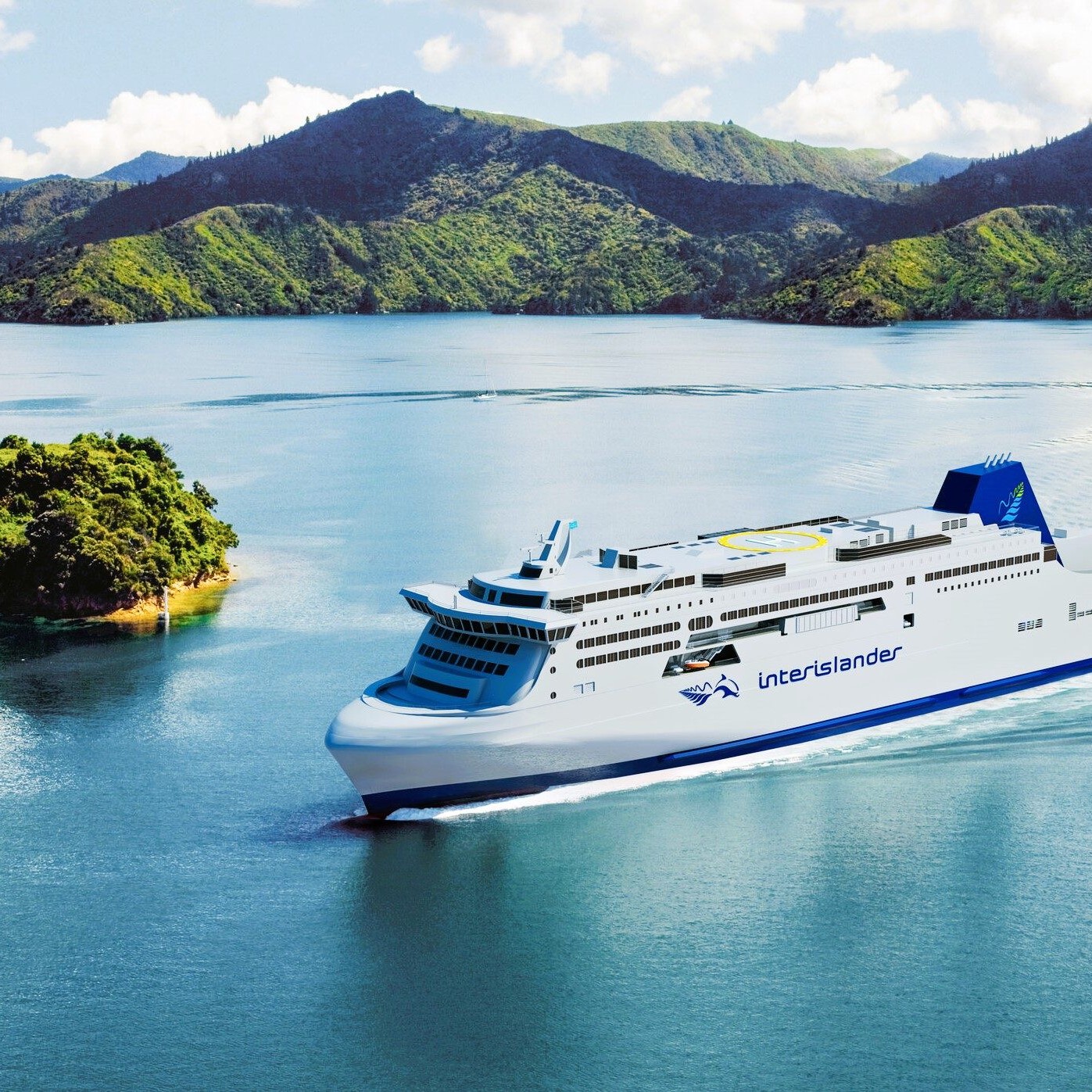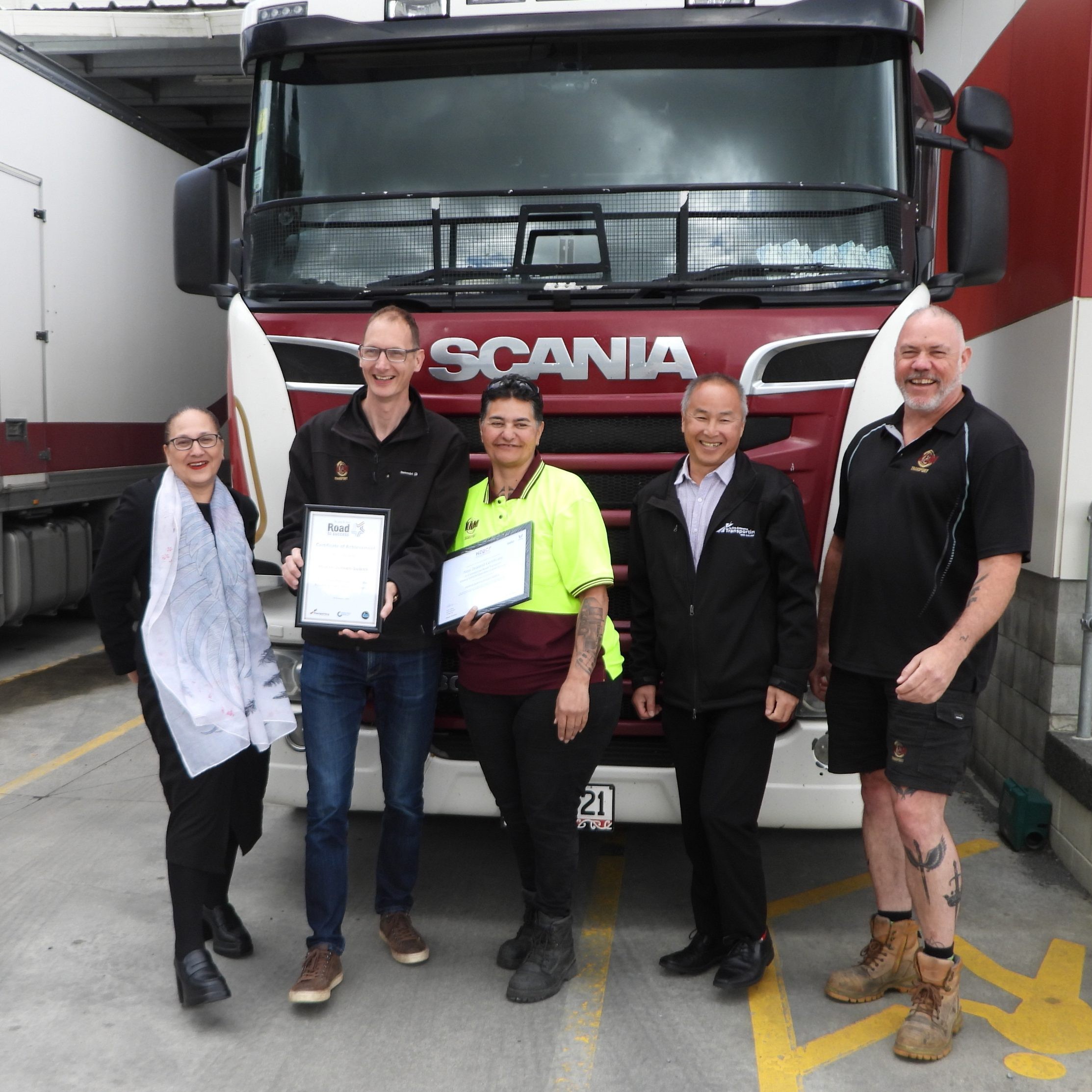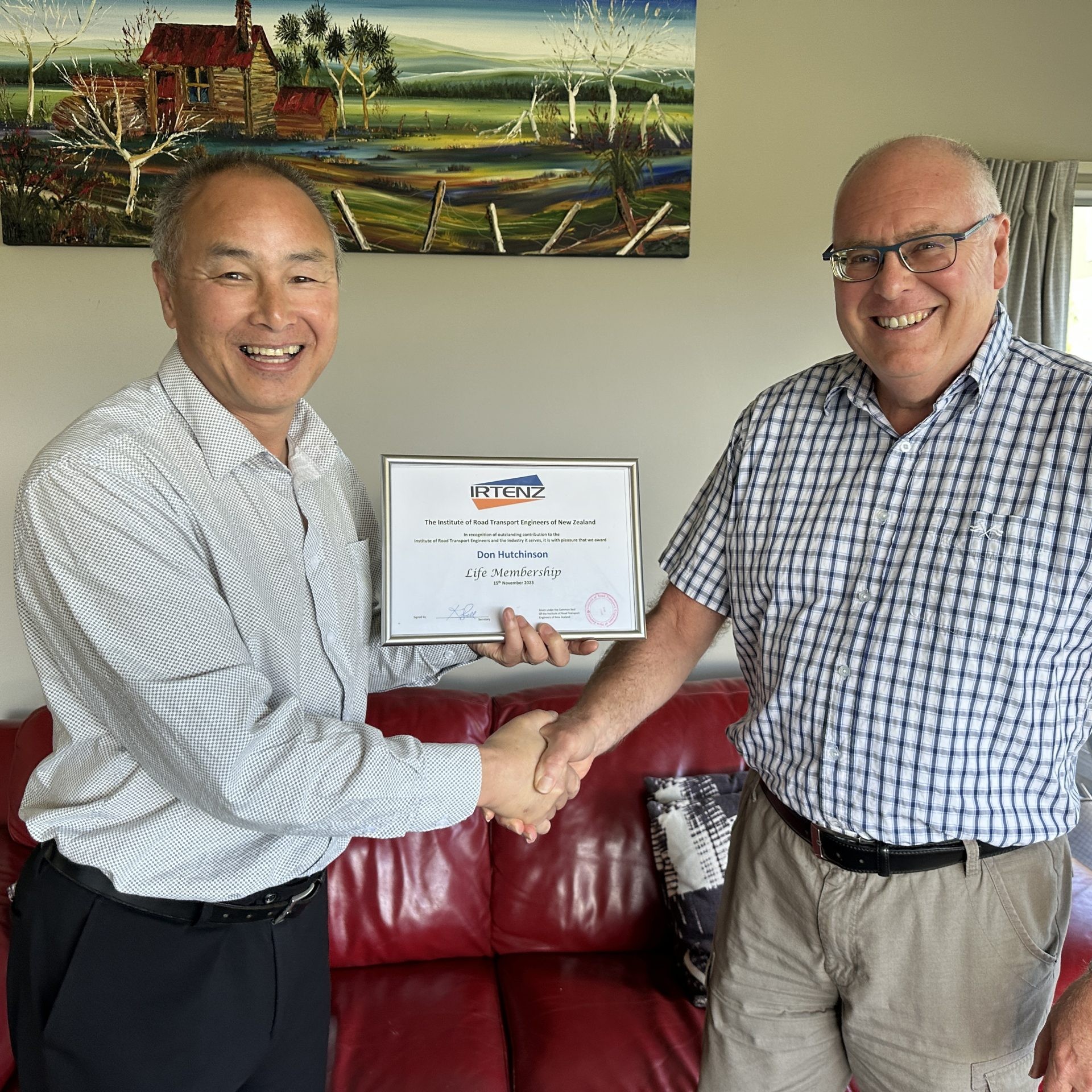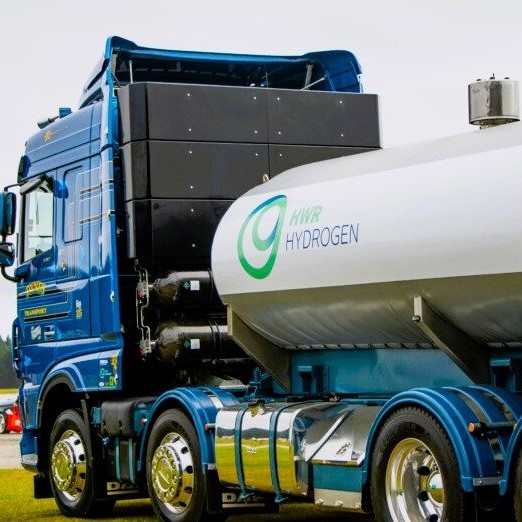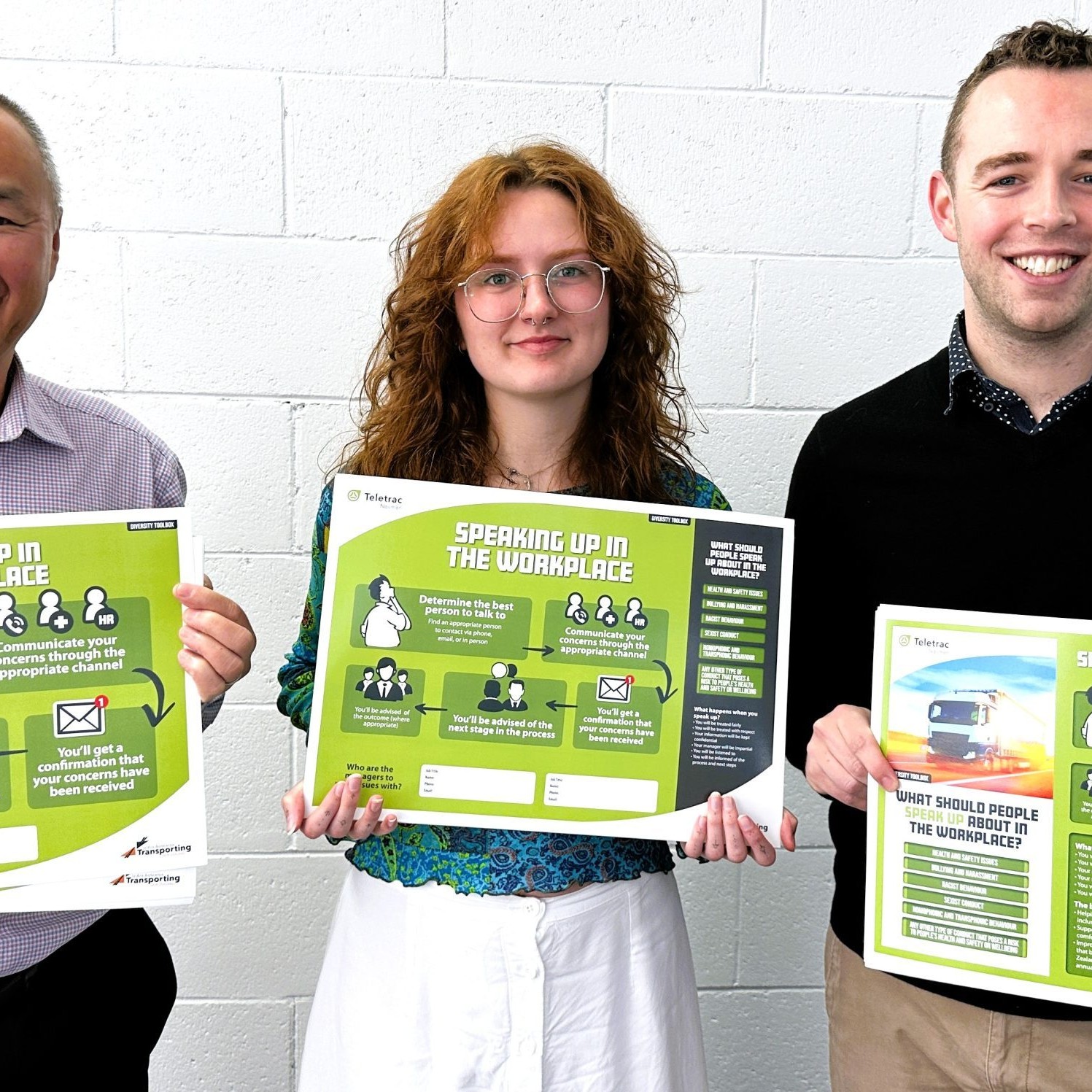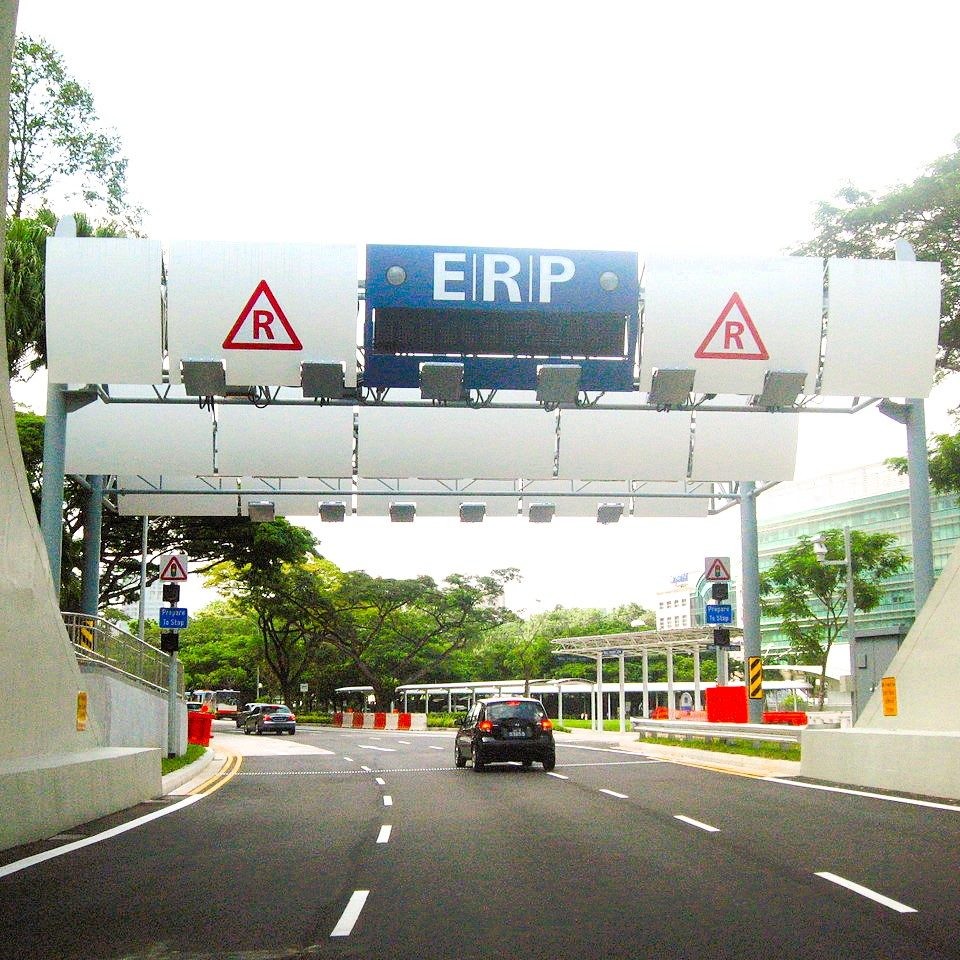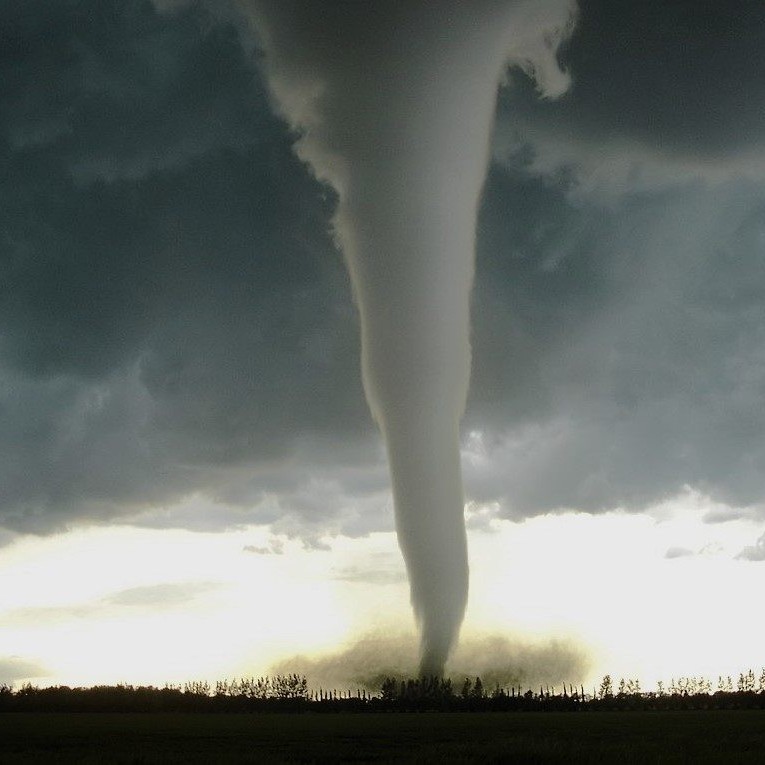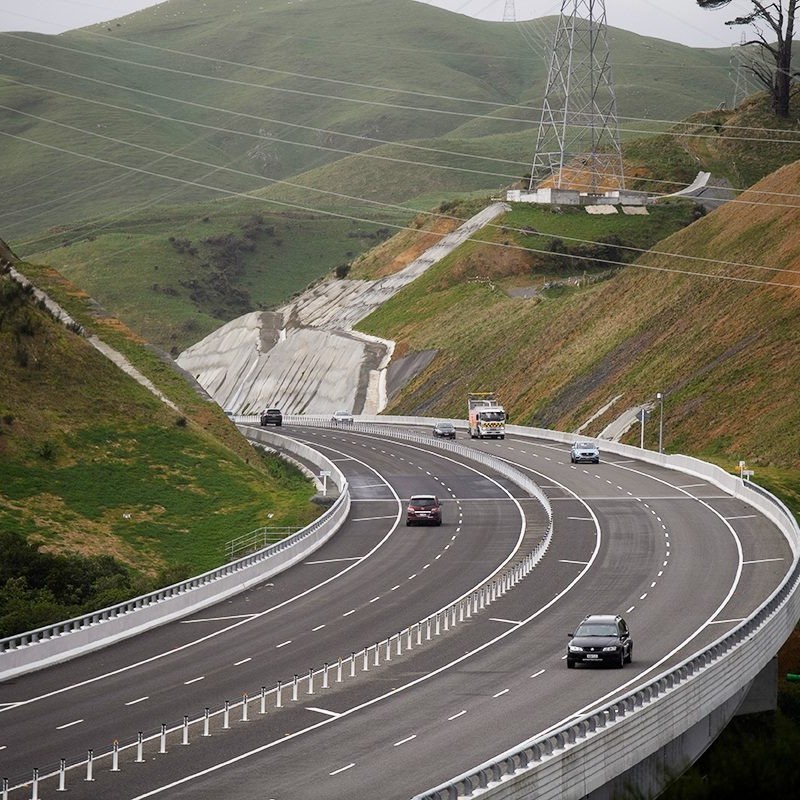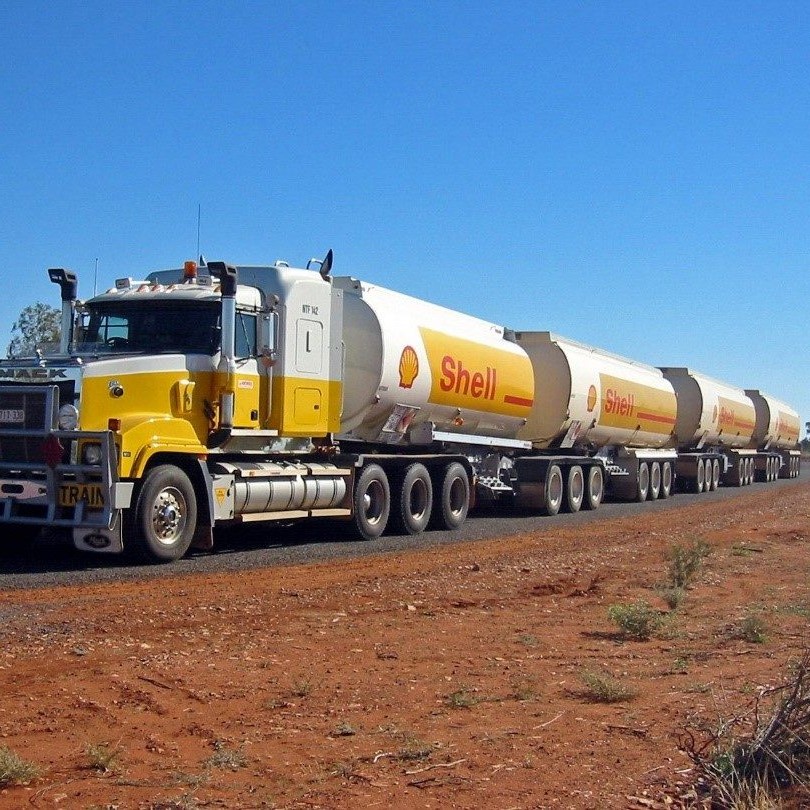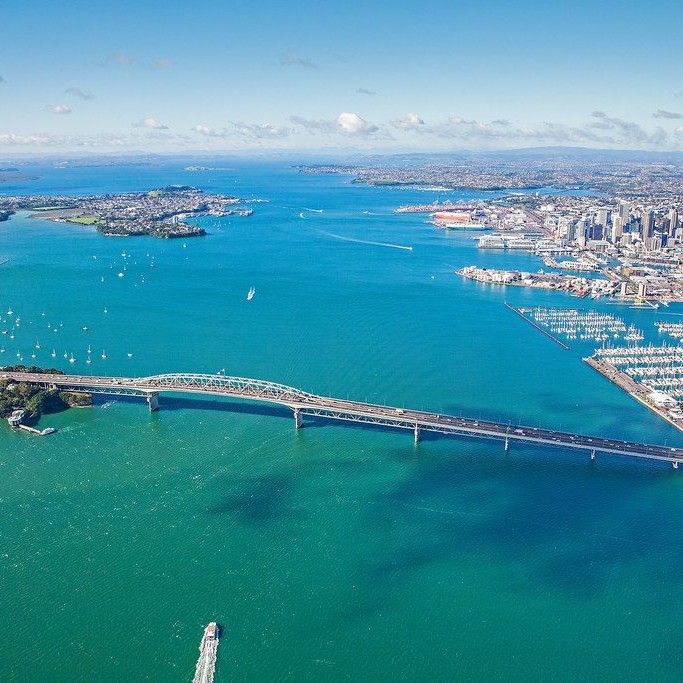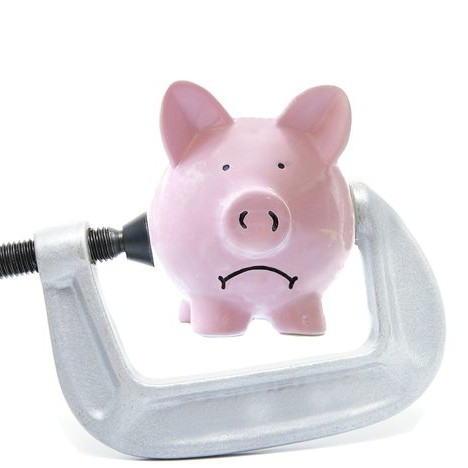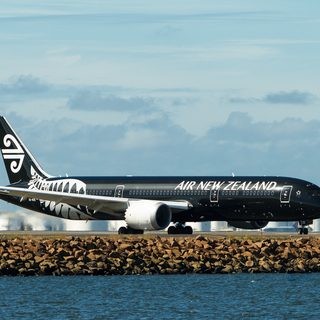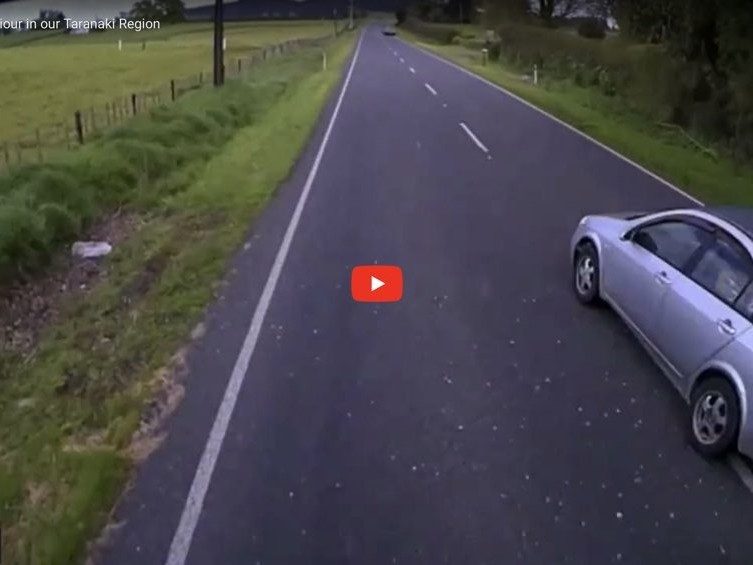
Truck drivers are a pretty resilient bunch but the day-to-day job can be stressful. Dangerous driving by others – and the possibility of a serious crash – is a hazard that too many truck drivers have to face in the course of their routine work. They shouldn’t have to.
Earlier this week, a horrific crash in Hamilton left two people dead and two others seriously injured after a car crashed into the side of a truck making a delivery in the early hours of the morning. Police officers managed to pull victims from the car after it caught fire in the crash. While the crash is still under investigation, obviously the experience will have been highly traumatising for the truck driver as well as all the friends and families associated with everyone else directly involved in the crash.
In addition to actual incidents, other near misses happen at high speed on a regular basis on our state highways. Two weeks ago, we posted a link to truck driver dashcam footage showing shocking driver behaviour in Taranaki. The dashcams captured a series of near-misses, including cars overtaking on blind corners, ignoring double yellow lines, and even parking in the middle of a state highway.
If you missed it, or to refresh your memory, check out the dashcam footage in this RNZ news item here.
Taranaki is hardly alone. Here are some more examples from around the country:
Brett Hamilton, from Southern Milk Transport, speaks out about dangerous driving on New Zealand roads.
And, “Police have identified the driver of a ute that forced a courier van off the road by dangerously overtaking a logging truck on a South Island highway.”
These examples may spark outrage, but what can trucking companies do apart from posting the dashcam footage online? Well, we are hoping that some new practical steps will be able to make a difference. Transporting New Zealand was particularly pleased to hear at our conference that Police CVST (the Commercial Vehicle Safety Team) are developing a process so that trucking companies can more easily share dashcam footage and Police can take action against dangerous driving.
If more drivers know that their driving behaviour around trucks will be filmed and there is a high likelihood they will be identified and prosecuted, that should prove a deterrent so they won’t make these risky manoeuvres in the first place.
We will be outlining some more details to members in coming weeks.
We also have to ask, why does dangerous driving occur – and what can be done to prevent, or at least, to minimise it?
New Zealand’s challenging terrain, with its large number of often winding, narrow, and hilly two-lane highways, does not help. With few passing lanes, some motorists take unnecessary risks. (The NZ Road Code states, “Don’t pass any vehicle when you can’t see at least 100 metres of clear road in front of you for the whole time while you’re passing.”)
Some highways have places where slower vehicles can pull over and signs saying: “Traffic Behind You? Let it Pass!”
All the evidence shows that motorways and multi-lane roads have fewer serious crashes, as well as being more efficient. That’s why Transporting New Zealand will continue to press government and Waka Kotahi for better roads.
New in-vehicle technology, apart from dashcams, can also improve safety. Examples are blind spot warnings, heads-up displays and driver alert warnings when the speed limit is exceeded, and lane departure warnings.
While this technology is welcome, it’s critical to remember that human error is the number one cause of all crashes. No one wants to make a mistake while driving but mistakes and lapses do happen. Being safety-minded and driving defensively at all times should be our top priority, as well as wearing a seat belt whether you are behind the wheel of a class 5 truck or a small passenger vehicle.




